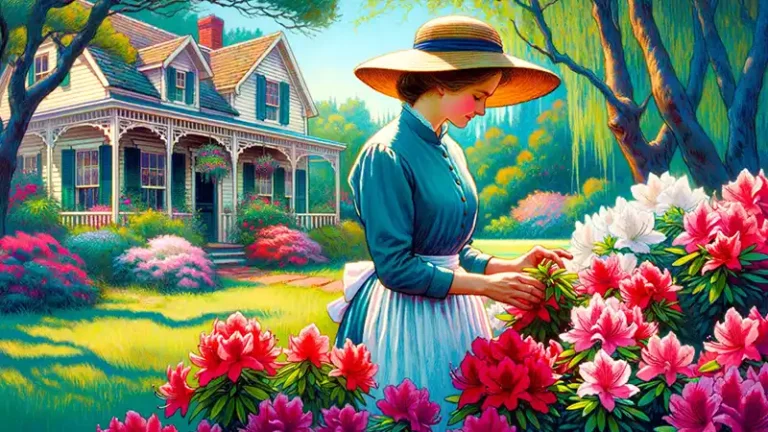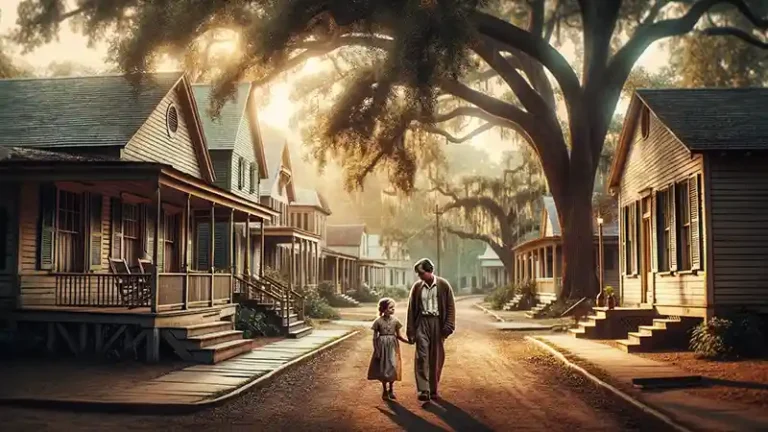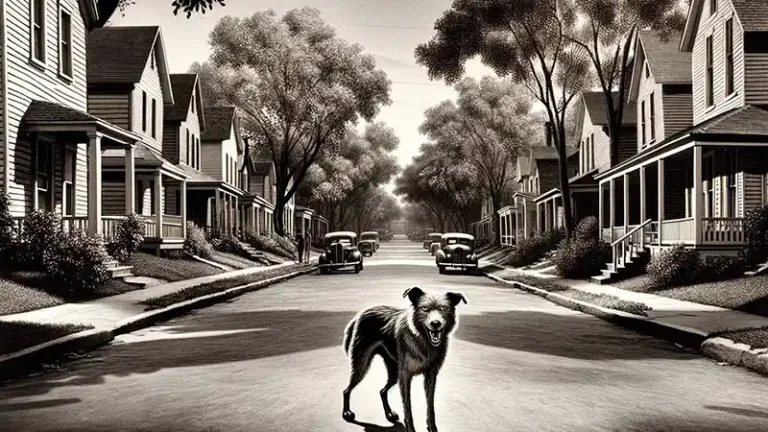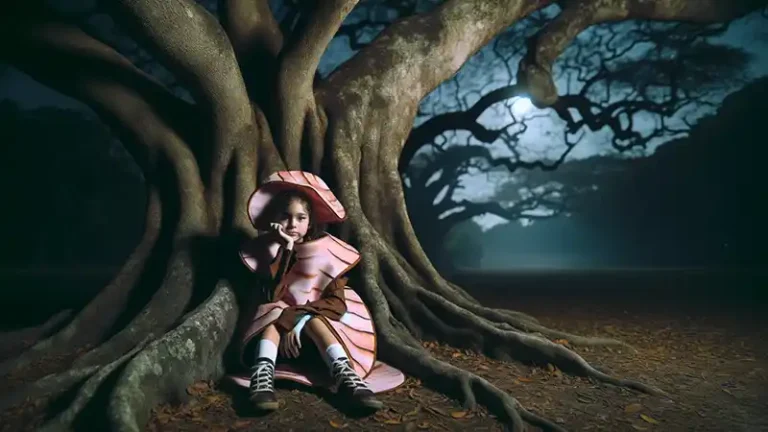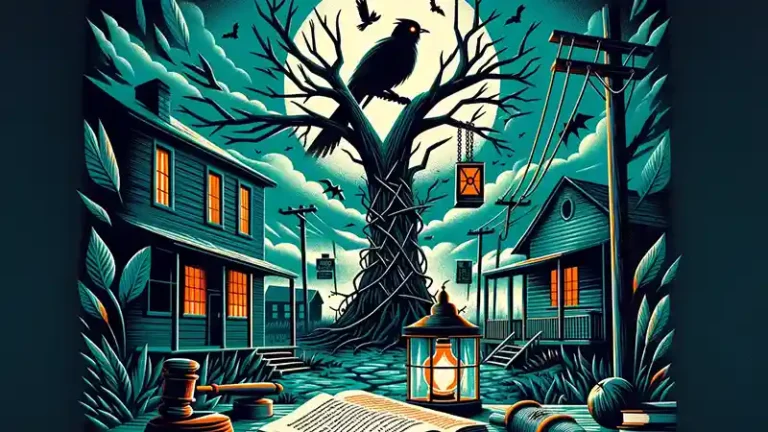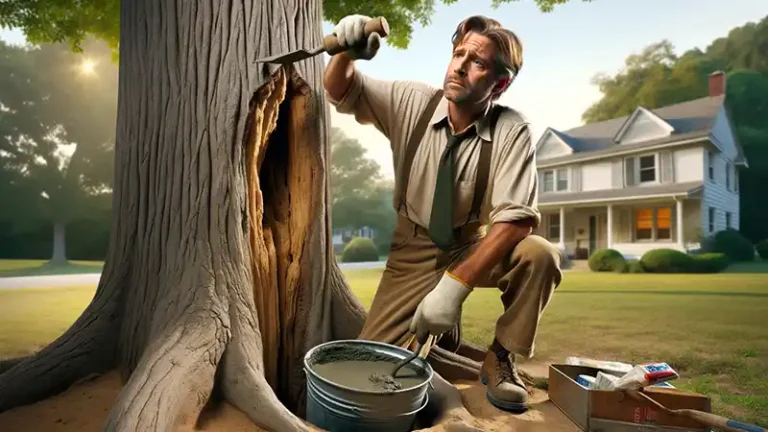1930s and Jim Crow Project for Student Engagement
As educators, we often strive to provide our students with a rich understanding of historical contexts, to enhance their comprehension of literature and foster a deeper appreciation of the past’s impact on the present. This lesson plan, designed for the exploration of the 1930s and the Jim Crow laws, aims to supplement your teaching of Harper Lee’s “To Kill a Mockingbird.” It provides a unique, hands-on approach through first hand accounts of the Great Depression or a scrapbook project, allowing students to immerse themselves in the era’s realities. Students will develop a multifaceted understanding of this critical period in American history by engaging with various historical images. This approach will help bring the novel’s setting to life and encourage students to develop crucial research, analysis, and empathy skills. The lesson is structured with clear learning goals, ensuring that each activity aligns with key educational objectives. Whether you’re introducing “To Kill a Mockingbird” for the first time or seeking to deepen your students’ existing knowledge, this lesson plan offers a comprehensive and engaging tool to enhance their learning experience.
Learning Goals
- I will be able to identify and describe key aspects of life during the Great Depression and the era of Jim Crow laws.
- I will be able to create a cohesive and informative scrapbook that effectively communicates the realities of the era.
- I will be able to reflect on the historical significance of these periods and their potential influence on the narrative and themes of To Kill a Mockingbird.
Materials
The Great Depression and Jim Crow Laws Note
Student Project Instructions and Marking Scheme
Great Depression Video
Jim Crow Laws Video
Process
- Distribute the handout, or have students copy the note about The Great Depression and Jim Crow Laws
- Explain how this helps us understanding the setting of To Kill a Mockingbird
- Watch The Great Depression video
- Watch the Jim Crow Laws video
- Review the instruction sheets for both activities.
- Have students choose one of the two activities to complete:
Activity A: Analytical – Create a first-hand accounts slideshow of experiences during the 1930s.
Activity B: Practical – Create a Scrapbook of images about the 1930s and Jim Crow Laws.
Learning Activities
Activity A: First Hand Accounts Slideshow
- Find credible first-hand accounts of experiences during the Great Depression.
- Copy relevant images and stories into a slideshow.
- Also, summarize each account in your own words.
- Discuss how each account reflects what was happening during that time.
- Use images that are respectful and relevant to the content.
- Ensure that the presentation is visually appealing and informative.
Slide 1: Title Slide
- Title: “Voices from the Past: Personal Accounts of the Great Depression and Jim Crow Era”
- Your Name
- Images: Optional – include a relevant historical image, like a Depression-era photograph.
Slide 2: A Farmer During the Dust Bowl
- Title: “Life in the Dust Bowl”
- First-hand Account: Include an excerpt or a summarized account from a farmer who experienced the Dust Bowl.
- Image: A photograph of Dust Bowl conditions or a farmer from that era.
- Analysis: Brief analysis of how the Dust Bowl impacted farmers’ lives and livelihoods.
- A citation (the website where you found your information)
Slide 3: A Black Person During Jim Crow
- Title: “Living Under Jim Crow Laws”
- First-hand Account: A personal story or quote from an African American who lived under Jim Crow laws.
- Image: A relevant photo from the Jim Crow South, like a segregated facility.
- Analysis: A short explanation of how Jim Crow laws affected everyday life and personal liberties.
- A citation (the website where you found your information)
Slide 4: A City Worker During the Great Depression
- Title: “Struggling in the City”
- First-hand Account: Narration or quotes from an urban worker or resident during the Depression.
- Image: Photographs of urban life during the Depression (e.g., soup kitchens, unemployment lines).
- Analysis: Discuss the challenges faced by urban residents, like job loss and poverty.
- A citation (the website where you found your information)
Slide 5: A Child’s Perspective
- Title: “Through the Eyes of a Child”
- First-hand Account: A story or recollection from someone who was a child during this period.
- Image: A period photograph showing children in the Depression or Jim Crow era.
- Analysis: Reflection on how these historical events impacted children’s lives and perspectives.
- A citation (the website where you found your information)
Slide 6: A Woman’s Experience
- Title: “Women’s Experiences”
- First-hand Account: Account from a woman detailing her life during this era.
- Image: Historical photos depicting women during the Depression or in the South under Jim Crow.
- Analysis: Discuss the unique challenges and roles of women during these times.
- A citation (the website where you found your information)
Slide 7: Personal Reflection
- Title: “Reflecting on History”
- Reflection: Write a short reflection on what you learned from these first-hand accounts and how it influences your understanding of the era.
- Connection to Novel: Speculate on how these real-life experiences might be reflected in To Kill a Mockingbird.
- Images: Optional – include a reflective or thematic image.
Activity B: Digital Scrapbook
- Find images from the Great Depression.and Jim Crow Era to tell a compelling story
- Copy relevant images into a slideshow scrapbook
- Also, provide your thoughts on each page.
- Ensure that the presentation is visually appealing.
Slide 1: Title Slide
- Title: “Pictures from the Past: Visualizing the Great Depression and Jim Crow Era”
- Your Name
- Images: Optional – include a relevant historical image, like a Depression-era photograph.
Slide 2: Farming During the Dust Bowl
- Title: “Life in the Dust Bowl”
- Relevant images about farming during the Dust Bowl.
- Thoughts: Brief description of how the Dust Bowl impacted farmers’ lives and livelihoods.
- A citation (the website where you found your information)
Slide 3: Jim Crow Laws
- Images: Relevant photos from the Jim Crow South, like segregated facilities, signage, and protests.
- Thoughts: A short description of how this might have impacted life.
- A citation (the website where you found your information)
Slide 4: Life in the City
- Title: “Struggling in the City”
- Images: Photographs of urban life during the Depression (e.g., soup kitchens, unemployment lines).
- Thoughts: Discuss the potential challenges faced by urban residents.
- A citation (the website where you found your information)
Slide 5: Children in the 1930s
- Title: “Through the Eyes of a Child”
- Images: Photographs showing children in the Depression or Jim Crow era.
- Thoughts: Try to imagine what it might have been like growing up during this time.
- A citation (the website where you found your information)
Slide 6: A Woman’s Experience
- Title: “Women’s Experiences”
- Images: Historical photos depicting women during the Depression or in the South under Jim Crow.
- Thoughts: Discuss the unique challenges and roles of women during these times.
- A citation (the website where you found your information)
Slide 7: Personal Reflection
- Title: “Reflecting on History”
- Reflection: Write a short reflection on what you learned from these photographs and how it influences your understanding of the era.
- Connection to Novel: Speculate on how these real-life experiences might be reflected in To Kill a Mockingbird.
- Images: Optional – include a reflective or thematic image.
Assessment
Research Quality (10)
- Accuracy and relevance of the information gathered.
Historical Accuracy (10)
- Correct representation of historical facts and contexts.
- Authentic portrayal of the era in terms of events, lifestyle, and societal norms.
Presentation and Organization (10)
- Clarity and coherence in the organization of the project.
- Aesthetic quality and neatness in the presentation of material.
- Effectiveness in communicating the intended message or theme.
Analytical and Reflective Skills (10)
- Depth of analysis in understanding the impact of the 1930s and Jim Crow laws.
- Quality of personal reflection on the learning experience.
- Ability to make connections between the historical context and its relevance to To Kill a Mockingbird or broader societal themes.
Total /40
Content
The Great Depression
Time Period: The Great Depression (1929-1939) was the backdrop for To Kill a Mockingbird, set in the 1930s.
Economic Hardship: The Depression caused widespread poverty and unemployment, affecting characters in the novel, like the Finch family and their community.
Racial Inequality: Despite the economic struggle faced by all, Black Americans were disproportionately affected, mirroring the racial tensions and inequalities depicted in the novel.
Social Class Distinctions: The Depression intensified class differences. In the novel, this is seen through the Ewells, who are poor whites, and the Finch family, who, despite being better off, still face financial challenges.
Gender Roles: Economic hardship influenced gender roles. Women, like Scout’s aunt, held traditional views, while others, like Scout’s mother figure, Calpurnia, took on more progressive roles.
Impact on Children: The Depression-era challenges influenced the worldview of children, like Scout and Jem, shaping their understanding of justice, morality, and empathy.
Legal System and Fair Trials: The Depression era saw a strained legal system, often unfair to Black Americans. This is central in Tom Robinson’s trial in the novel.
Morality vs. Survival: Economic hardships forced people to make tough choices between morality and survival, a theme often explored through the characters’ actions and decisions in the novel.
Atticus Finch’s Role: As a lawyer during the Depression, Atticus represents morality and justice, striving to uphold these values despite societal and economic pressures.
Community Dynamics: The Depression influenced how communities functioned and interacted, with survival often leading to stronger communal ties or, conversely, heightened tensions and prejudices, as seen in the novel’s setting of Maycomb.
Jim Crow Laws
Definition: Jim Crow laws were state and local laws enforcing racial segregation in the Southern United States.
Time Period: These laws were enacted in the late 19th and early 20th centuries.
Racial Segregation: Jim Crow laws mandated racial segregation in all public facilities, mirroring the segregated society depicted in Maycomb, the novel’s setting.
Inferior Facilities for Black Americans: Facilities for Black people were consistently inferior and underfunded compared to those for White people, a theme hinted at through the different living conditions of characters in the novel.
Voting Rights Suppression: These laws disenfranchised Black voters through literacy tests and poll taxes, contributing to the lack of Black representation.
Legal System and Racism: The legal system was biased under Jim Crow, often leading to unjust outcomes for Black people, as seen in Tom Robinson’s trial.
Social Etiquette: Jim Crow laws also enforced certain social behaviors that reinforced White supremacy. This is reflected in the way Black characters interact with White characters in the novel.
Education: Segregated schooling under Jim Crow resulted in poorer education for Black children. The novel briefly touches on the educational disparities between White and Black children.
Influence on Characters: The Jim Crow laws shape the beliefs and actions of characters in the novel, influencing their perspectives on race, justice, and morality.

